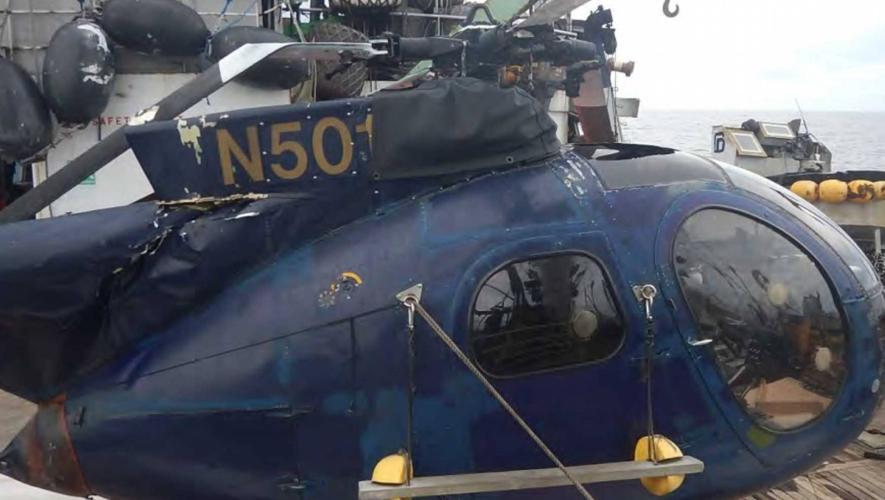At last month’s American Helicopter Society forum in Grapevine, Texas, several OEMs unveiled entirely new projects or reported major progress on projects under development. Two of those new projects are based on original designs that first flew more than 50 years ago. Of particular interest, given recent history, is that all but one of the designs are the result of American research and development.
Sikorsky stole the show with news that it is building a new light helicopter, based on two contra-rotating rotors and a rear propulsion fan. CEO Steve Finger told delegates that the X-2 will reach 250 knots. A two-seat demonstrator, to be built by recent Sikorsky acquisition Schweizer Helicopters, is scheduled to fly next year.
Finger said that the X-2 would maintain or improve all the vertical flight capabilities of a rotorcraft while delivering the speed increase. “Aircraft such as the V-22 tiltrotor and the vertical-landing Joint Strike Fighter are compromises: they deliver the speed but at the expense of hover performance. We believe there is a market for a true helicopter that offers this significant speed increase.”
The X-2 bears a striking resemblance to Sikorsky’s Advancing Blade Concept demonstrator that reached similar speeds in the 1970s. That aircraft suffered particularly from vibration and inherent drag, however, drawbacks that Finger said Sikorsky has overcome using modern technology.
A fly-by-wire (FBW) system is one such technology critical to the X2’s development. Honeywell is developing a FBW system providing weight savings
and more accurate control feedback. The system is due to fly later this year aboard a Schweizer 333 testbed.
LHTEC Industries will provide the T800-801 engine for the helicopter. In addition, Sikorsky announced at the Paris Air Show, Eagle Aviation Technologies will supply the rotor blades; Aero Composites will provide the six-blade propulsor; and Moog will contribute its active vibration control technology. The FBW X-2 may benefit from a new line in flight controls, developed by a British company, that offers improved pilot cueing.
Bell used the forum to announce details of a number of new technology initiatives from its XworX R&D team, including a bearingless rotor hub that was due to be flight-tested at press time. It is designed to double the flapping capability of the blades at a stroke both increasing speed and the cg range.
Bell also announced more details about its new anti-torque system. Known as PATS (propulsive anti-torque system), it forms part of Bell’s new MAPL. XworX vice president Dan McIlroy said PATS will boost the forward speed of conventional helicopters by 40 knots and, unlike other current tail-rotor alternatives, will not lose effectiveness or demand more engine power at altitude.
PATS works by sucking air through an intake fan mounted on the outside of the engine, which then mixes with exhaust gases at its rear. The result is rapid expansion and its power can be harnessed to provide both anti-torque and propulsion energy.
The aircraft does not suffer degraded performance at altitude because available engine combustion technology can still heat the thinner (but colder) air at altitude to expansion.
Military Research
Lowering infrared emissions is a vital goal for military helicopters in particular, because many of today’s shoulder-launched weapons home on it. U.S. military AH-1 Cobras and UH-1 Hueys are particularly vulnerable in Iraq because of the close air support they provide to troops on the ground.
Bell XworX engineers discovered that they could direct expelled gases down the rear fuselage rather than along the tail boom if they altered the shape of the engine’s exhaust to give expelled gases a divergent horizontal rather than vertical profile.
The heat is thus dispersed more quickly, the boom stays cooler and the missiles have less energy to lock on to. McIlroy says the center’s “turned exhaust” has been shown to reduce the Cobra’s infrared signature from 420 to 188 degrees F.
The final “new take on an old idea” at Grapevine came from an Israeli company. Urban Aeronautics showed a model of its X-Hawk tandem airfan, which is based on a flying car prototype Frank Piasecki built in the 1950s.
The company has flown a concept demonstrator and is trying to team with a U.S. manufacturer. An Urban spokeswoman said the company could have a prototype flying by the end of 2007.
News of all this new technology lent a buzz to the proceedings, and many delegates were left with the impression that U.S. science and engineering was pulling itself out of the doldrums of the past 10 years. However, Bell’s Dan McIlroy struck a note of caution. “We need more experienced engineers to help us turn these ideas into reality.”







